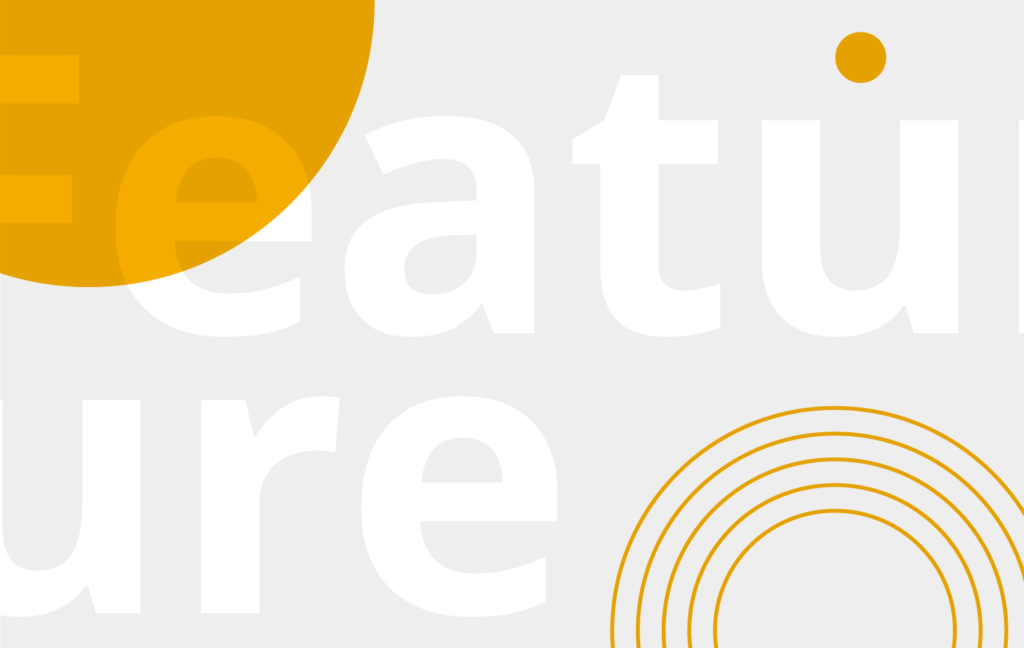16 April 2019 – Creativity is essential in research. The capacity to think in new ways and combine seemingly unrelated ideas requires skill, talent and a good deal of practice. To encourage and help scientists to use creative problem-solving tools and processes, EMBO has added a ‘Creative Problem Solving for Scientists’ course for group leaders and senior postdocs to its training portfolio.
The next ‘EMBO Creative Problem Solving for Scientists’ course will take place between 9 and 11 September 2019 in Heidelberg, Germany. Several scientists in the EMBO community already took part in the course. Here they describe how they approach and sustain creativity in their labs.
Ideas from unexpected places
Sonia Garel, a neuroscientist in Paris, France, is trying to solve the riddle of how a mammal’s brain is wired up as it develops. Like all researchers, there are times when her own brain’s complex wiring presents a major challenge. “Sometimes we believe that if we sit and think hard enough, a creative approach will come to our mind – but science doesn’t always happen like that,” says Garel, who is an EMBO Member and group leader at the Institute of Biology of the École Normale Supérieure.
That’s when it can pay to shake things up. “Sometimes it means taking a step back, on other occasions confronting the problem head on – either way it requires a proactive approach,” Garel explains. “You need to create the right conditions: it takes time to get everyone’s input and when brainstorming you may need to set ground rules and assign facilitators.”
She adds: “It is useful to learn and employ idea-generating methods such as free association, where people can openly share ideas regardless of whether they relate directly to the challenge at hand, before moving on to development and implementation phases. Great ideas sometimes come from the most unexpected places, and it is also important to develop an atmosphere permissive of failure – it might not be the right idea, but that is OK.”
Define challenges, inspire ideas
EMBO Young Investigator Annika Guse, a cell biologist and group leader at Heidelberg University, Germany, wants to understand the molecular basis of the intimate symbiosis between corals and algae that drive the productivity of whole coral-reef ecosystems.
Corals are extremely fragile and finicky, and her lab is a long way from the sea, so her team uses a proxy organism – a sea anemone called Aiptasia – as a model. “You can take symbionts from corals, put them into our anemone and we can essentially recreate this environment in the lab,” says Guse. “Very little is currently known about the molecular mysteries of coral symbiosis: on the one hand this is great as it opens up so many questions, but on the other people can get lost in their own wacky hypotheses, so there is a balance to be had.”
This is why it is important to create a structure in which to define challenges, inspire new ideas and ultimately deliver on them, Guse explains. “It is particularly important to listen to people, give room for trial and error, and to encourage debate,” she says.
“Every creative team needs different potentials or ‘superpowers’, and I like diverse backgrounds, both in terms of expertise and outside interests. It is also important to reflect on yourself: sometimes our work involves travelling as a team – as corals only reproduce once a year the work can be highly unpredictable so it is important to immerse and let go of perfectionism.”
Get people talking
Jiri Damborsky’s work is based on harnessing the power of what is perhaps nature’s most creative process: evolution. His group members modify the structures of proteins to try to improve their biological activity and stability. They also develop software applications to help other researchers to do this more effectively.
“Creativity is essential at many different levels,” says the protein engineer and group leader at Masaryk University, Brno, Czech Republic. “We could be thinking about how we can manipulate a protein structure and modify its properties, or we might be looking into how to make a web interface more intuitive for our user community.”
The EMBO Young Investigator leads a diverse team of 40 researchers. When it comes to nurturing creativity, he first and foremost seeks to get people talking: “We have group meetings with time set aside for discussions, journal clubs, project meetings that bring smaller teams together, outreach seminars, and group retreats,” he explains.
“We also apply methods of creative planning that help move beyond habitual thinking. It is good to have a phase where you inspire many ideas and don’t immediately assess whether they are good or bad. Sometimes the mathematician’s view of biology is very different to the chemist’s.”
Building the capacity for creativity is ultimately about initiating a setting where people feel good, Damborsky says. “In an academic environment, it is very easy to feel under pressure and stress; we need to take care that people feel well – whether it is by providing settings with unlimited time for discussion, ensuring regular one-on-one meetings to discuss progress, promoting social exchange, or simply encouraging something that relaxes you like listening to music. If people feel comfortable and happy, they are much more creative.”



